Tilling a new plot
muddykoinz
14 years ago
Related Stories

LIFERetirement Reinvention: Boomers Plot Their Next Big Move
Choosing a place to settle in for the golden years? You're not alone. Where boomers are going and what it might look like
Full Story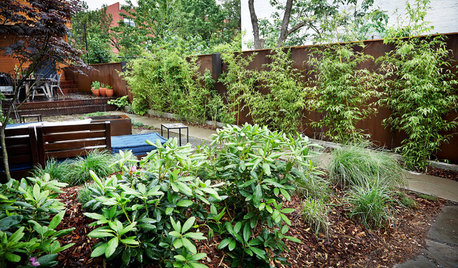
LANDSCAPE DESIGNA Front Yard Regrows in Brooklyn
Hurricane Sandy ravaged this New York City plot, but two landscape designers have rebuilt it to be better and stronger than ever
Full Story
GARDENING GUIDESHow to Stop Worrying and Start Loving Clay Soil
Clay has many more benefits than you might imagine
Full Story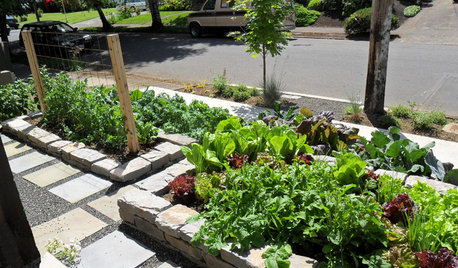
FRONT YARD IDEASWelcome Edibles Into the Front Yard for Fresh Food and More
Give your front yard design a boost and maybe even make new friends by growing fruits and vegetables
Full Story
FARM YOUR YARD6 Things to Know Before You Start Growing Your Own Food
It takes time and practice, but growing edibles in the suburbs or city is possible with smart prep and patience
Full Story
EARTH DAYThe Case for Losing the Traditional Lawn
Work less, help the environment and foster connections by just saying no to typical turf
Full Story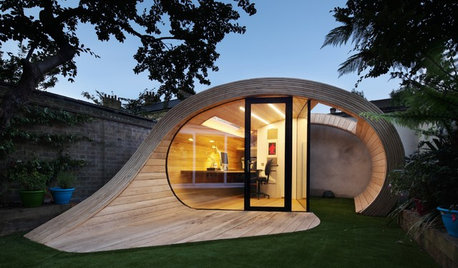
OUTBUILDINGSIs It a Shed? An Office? Neither — It’s a ‘Shoffice’!
This sinuous structure in a London backyard supports gardening and writing in a most unusual fashion
Full Story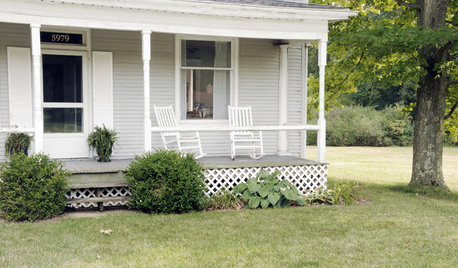
LIFE9 Ways to Appreciate Your House Just as It Is
Look on the bright side — or that soothingly dark corner — to feel genuine gratitude for all the comforts of your home
Full Story
HOUZZ TOURSHouzz Tour: Updates Honor a 1930s Cottage's History
The facade stays true to the original, but inside lie a newly opened layout, higher ceilings and 600 more square feet of space
Full Story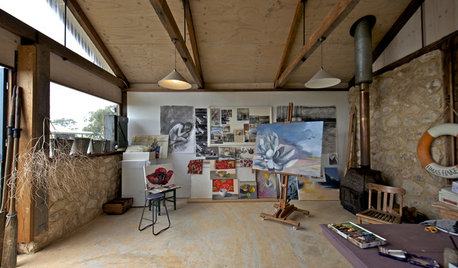
STUDIOS AND WORKSHOPSHouzz Call: Show Us Your Hardworking Studio!
Upload a photo of your home studio or workshop and tell us how you’ve designed it to work extra hard for you
Full Story







Skybird - z5, Denver, Colorado
muddykoinzOriginal Author
Related Professionals
Fort Lee Landscape Architects & Landscape Designers · Woodinville Landscape Architects & Landscape Designers · San Juan Landscape Architects & Landscape Designers · Battle Ground Landscape Contractors · Englewood Landscape Contractors · Gurnee Landscape Contractors · Long Branch Landscape Contractors · National City Landscape Contractors · Porterville Landscape Contractors · Seminole Landscape Contractors · Wailuku Landscape Contractors · Old Saybrook Solar Energy Systems · Phoenix Solar Energy Systems · Franklin Solar Energy Systems · Homer Glen Solar Energy SystemsSkybird - z5, Denver, Colorado
autodidact
pondgardener
Dan _Staley (5b Sunset 2B AHS 7)
Skybird - z5, Denver, Colorado
digit
greenbean08_gw
muddykoinzOriginal Author
digit
muddykoinzOriginal Author
greenbean08_gw
digit